

Explore Italy by place | region | time period
Late Middle Ages in Italy » Florence (Tuscany)
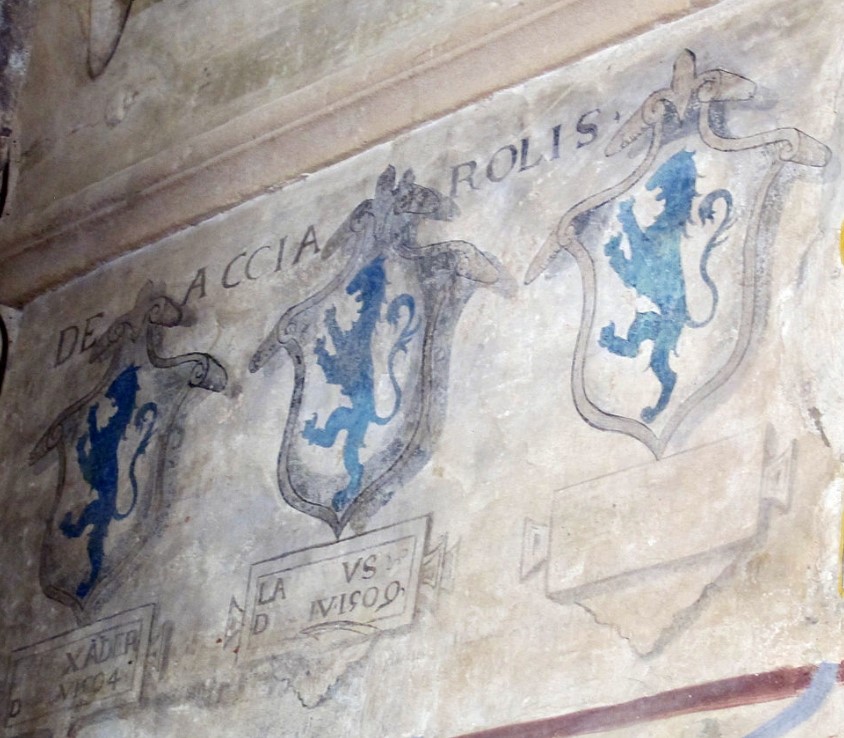
Acciaiuoli (also spelled Acciaioli, Acciajuoli, Accioli, Acioli or Accioly) was an important Italian banking family. According to legend, the patriarch Guigliarello Acciaiuoli fled Bergamo due to political persecution against the Guelphs, which he was part of, and seattled in Florence about 1160.
The Guelphs were a political faction in medieval Italy who supported the Pope's authority over the Holy Roman Emperor. Their rivalry with the Ghibellines, who backed the Emperor, shaped Italian politics for centuries, particularly from the 12th to 14th centuries.
The Acciaiuoli were popolani (common people). Likely, they involved in the steel trade because the surname Acciaioli derives from word acciaio meaning steel. It must be remembered that surnames were born in the Middle Ages in Italy. Until the year 1000, people had only one name. In some documents at the time, somepeople had two names, one of baptism and one nickname. After the Thousands, nobles had a family surname associated with the place where they had their castle (example: Firidolfi from Meleto, while another division of the family will tie their name to the history of other zones); in the cities, the nobles indicated the palace or the tower where they lived (Donati tower in Florence).
Instead, common people had only one name. To distinguish themselves from their homonyms, they associated their craft (i.e., Bartholomew the blacksmith) or the name of their father (i.e., Bartholomew of Michael) or, if they were immigrants, the name of the village of origin (i.e., Bartholomew from Vinci). The farmers specified the place where their family cultivated the land.
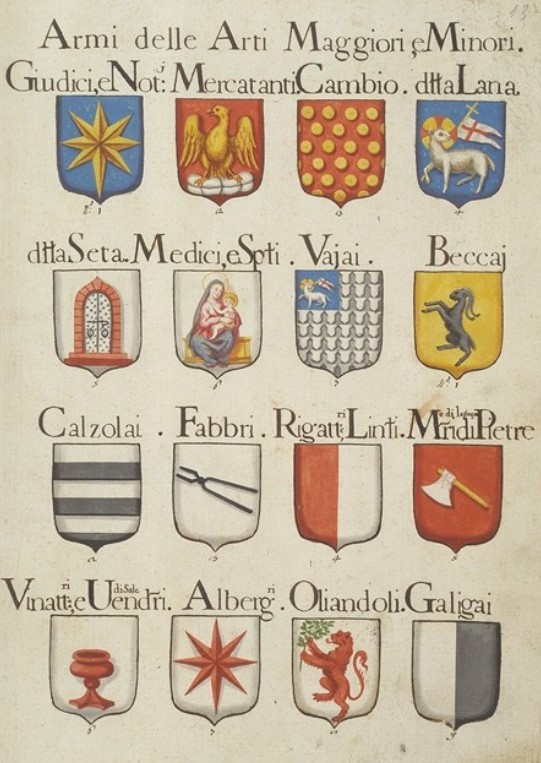
Guigliarello Acciaiuoli enrolled in the Art of Exchange in Florence. The Corporations of Arts and Crafts were associations formed from the twelfth century in many European cities, in order to regulate and protect the activities of members of the same professional category.
The word corporation was coined in the eighteenth century, but when they existed they were variously described: for example, métiers in France or guilds in England. In Italy they had different names such as arti in Florence or scole in Venice.
The Art of Exchange of Florence was born around 1202 and brought together the money changers, traders of stones and precious metals, and all those who practiced the deposit and/or the local and foreign credit. In 1352, its headquarters was moved to Piazza della Signoria under the so-called Loggia dei Pisani (which was demolished in the nineteenth century during the period of Florence Capital, and today there is the Palazzo delle Assicurazioni Generali).
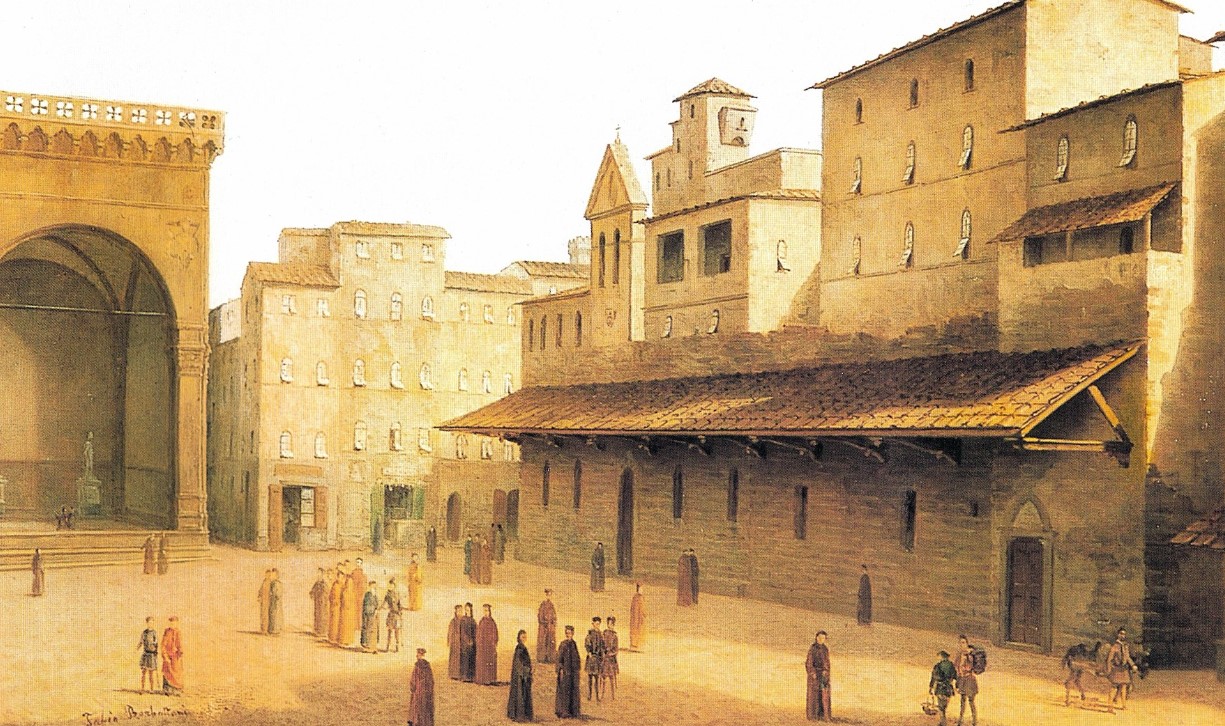
After the year 1000, the importance of commerce significantly increased and the commercial life of the cities started to guarantee them certain political autonomy. So, the Italian cities transformed into independent city-states ruled by a council of male citizens elected for various offices.
The merchants occupied a relevant place in their city because they belonged to the local middle-class and were the centre of the economical and political life. The Acciaiuoli family became one of the most important in medieval and Renaissance Florence. In a short time it became Florentines in all respects, also participating in political life. They were Priors, Gonfaloniers of Justice, and Consuls of the Arts.

Guigliarello Acciaiuoli settled in Borgo dei Santi Apostoli, in the Florentine quarter of Santa Maria Novella.
Santi Apostoli (the Holy Apostles) is a small Romanesque church (11th century) nearby the Lungarno Acciaioli, which faces the Piazza del Limbo. This square is so-called because, in Medieval times, it housed a cemetery for children and infants who had died before being baptized, and who were believed to live in the afterlife in this 'intermediate place' or limbo (from the Latin limbus, edge). It seems that Dante was inspired by this ancient square when imagining his Limbo.
Divine Comedy, Inferno, Canto 4.
Dante is borne across the river Acheron in his sleep, and awakes on the brink of the dolorous valley of the abyss. He enters the First Circle of the Inferno; the Limbo of the Unbaptized, the border land, as the name denotes.
There, as it seemed to me from listening,
Were lamentations none, but only sighs,
That tremble made the everlasting air.
And this arose from sorrow without torment,
Which the crowds had, that many were and great
Of infants and of women and of men.
To me the Master good: “Thou dost not ask
What spirits these, which thou beholdest, are?
Now will I have thee know, ere thou go farther,
That they sinned not; and if they merit had,
’Tis not enough, because they had not baptism
Which is the portal of the Faith thou holdest;
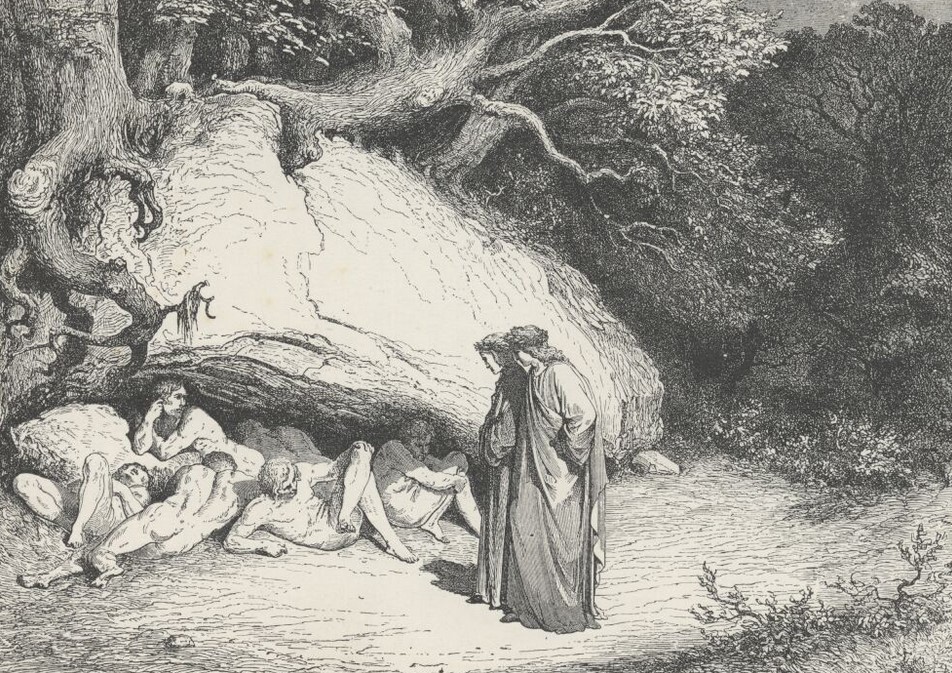
The Church of the Holy Apostles is between Ponte Vecchio (Old Bridge) and Piazza della Repubblica (Republic Square), and once stood outside the city walls. Today, it is one of the oldest churches in Florence. It was never a cathedral, but the people called it the Old Duomo of Florence for its importance and ancient origins. Just think that, for centuries, outstanding Florentine families like Acciaioli contributed to its restoration and, some their members were buried beneath the floor of the church.
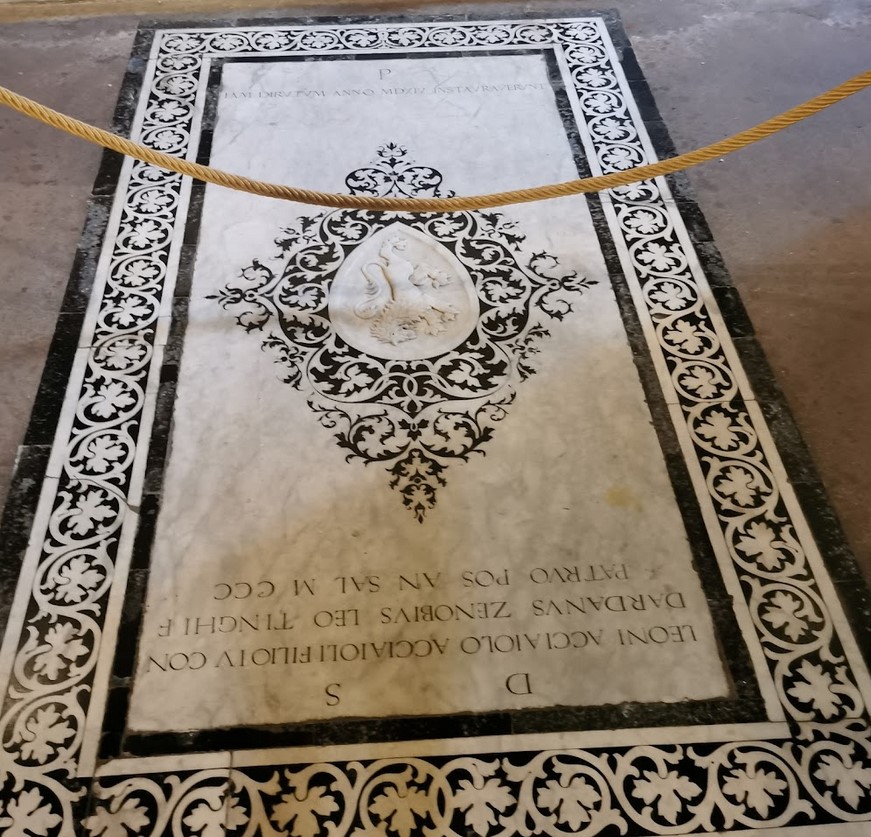
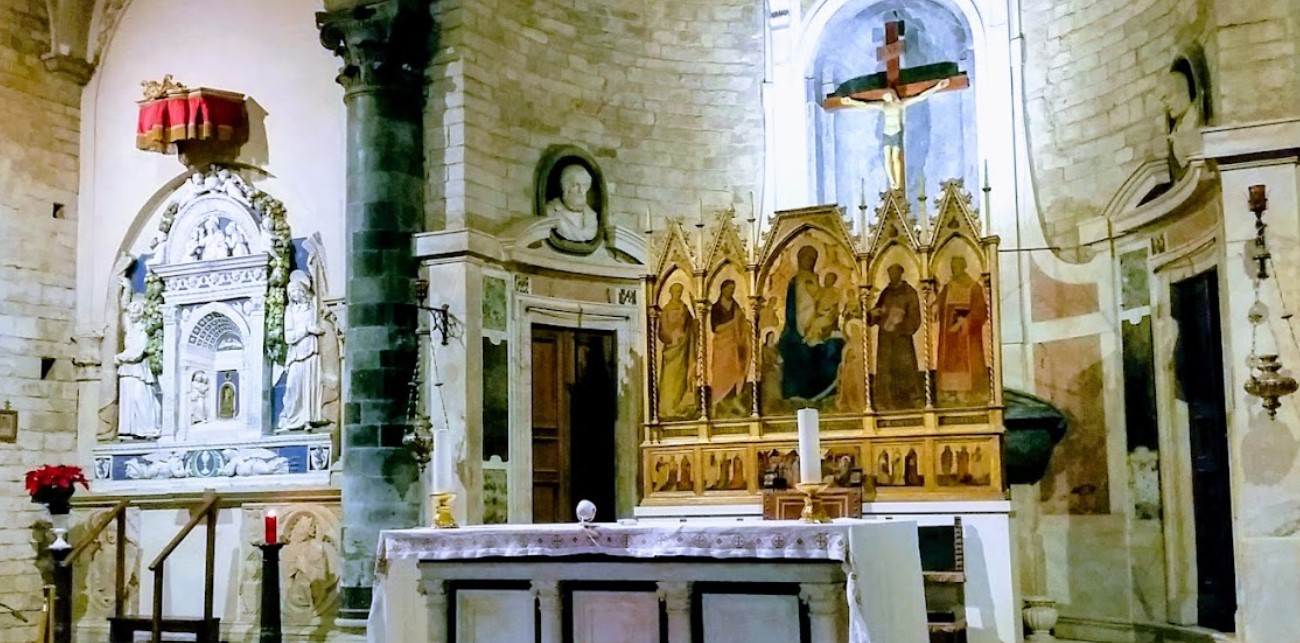
The family built its towers and palaces in Borgo dei Santi Apostoli.
The palace at Lungarno degli Acciaiuoli had a façade on the Arno river. It was destroyed by the retreating German soldiers in the summer of 1944, who undermined the access areas to the Ponte Vecchio
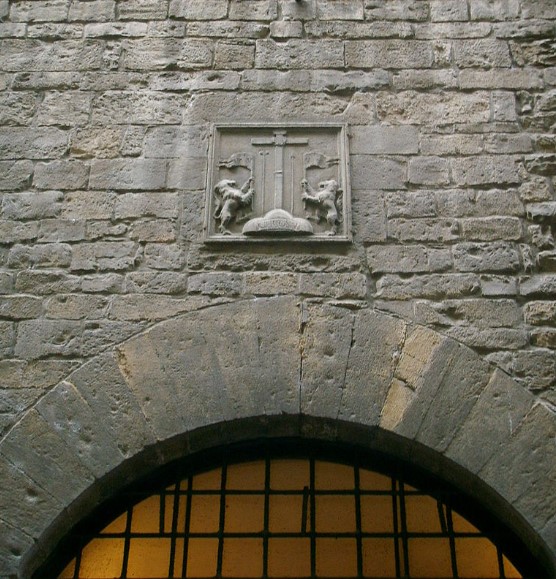
The only palace still visible is at 9, via Borgo dei Santi Apostoli. It is a building in medieval style. It was built by the Buondelmonti around 1280, and belonged to Niccolò Acciaiuoli in 1341. At the end of the 16th century, it passed to the Colle di Val d'Elsa family of Usimbardi.
Niccolò Acciaiuoli (1310-1365) was protector and friend of Francesco Petrarca and Giovanni Boccaccio. The Acciaioli founded a powerful bank in the 13th century (Compagna di Ser Leone degli Acciaioli e de' suoi consorti) which had branches from Greece to Western Europe. At the time, the Acciaiuoli served as papal bankers and Niccolò Acciaiuoli was appointed Grand Siniscalco of the Kingdom of Naples. He was buried in the Florence Charterhouse (Certosa di Firenze or Certosa del Galluzzo) which he himself had built in Florence.
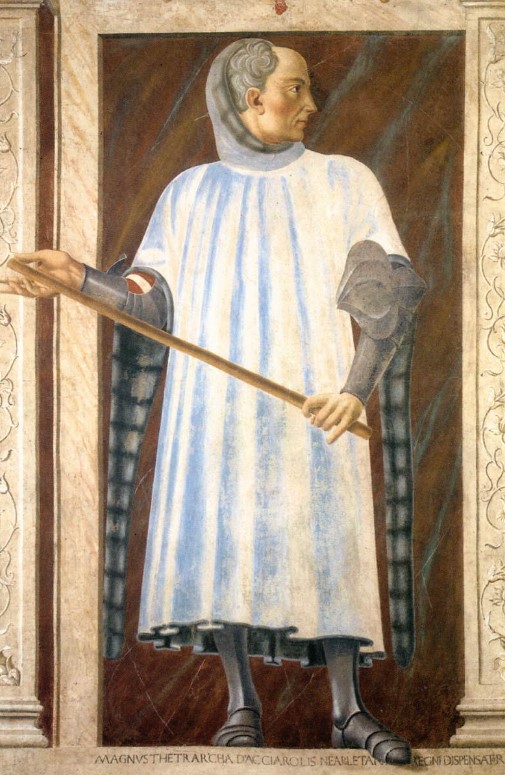
Florence Charterhouse is a monastery located in the Florence suburb of Galluzzo. The building is a walled complex located on Monte Acuto, at the point of confluence of the Ema and Greve rivers. It covers an area of 16,000 m².
Its construction began in 1341 and was almost completed to the death of Niccolò Acciaiuoli (1365). The monastery was consecrated in 1395, but it continued to expand as the recipient of numerous donations until the seventeenth century.
The name derives from Grande Chartreuse, the first house of the Carthusian order built in 1084 by San Bruno on the Chartreuse massif, near Grenoble, and like all the carthusians this was also located far from the city, in a place originally solitary and silent.
After the suppression of religious orders (1810), the Certosa was stripped of about 500 works of art and furnishings, only partially returned after the return to the Carthusians (1872).
In 1958 the monastery was taken over by Cistercian monks.
The charterhouse inspired Le Corbusier - one of the pioneers of what is now regarded as modern architecture - for his urban projects
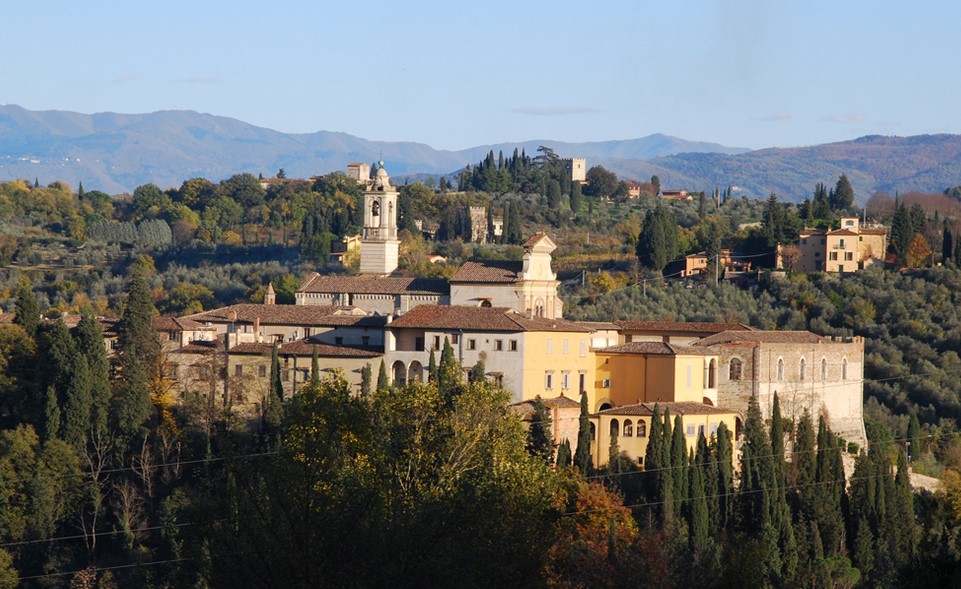
The bankruptcies of Edward III of England led to financial disaster for the family in Florence, and their bank collapsed in 1345. Their fortunes and prestige never fully recovered, although they remained influential in the later trecento. Over time, the family split. Their businesses had branches throughout the Mediterranean and in England, France, Germany and Greece. Acciaiuoli Family died out in 1834.
In order to know more, you can visit:
- Wikipedia: [1]
This page was last edited on 12 June 2024
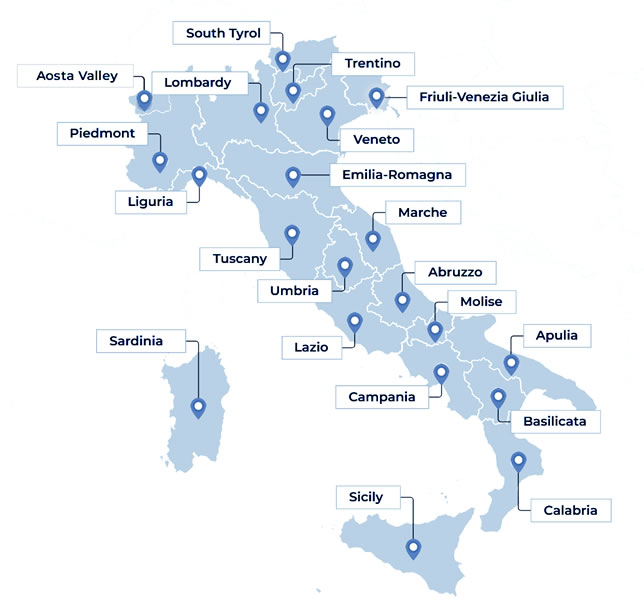
Open in Google Maps and find out what to visit in a place.
Go to: Abruzzo | Aosta Valley | Apulia | Basilicata | Calabria | Campania | Emilia Romagna | Friuli Venezia Giulia | Lazio | Liguria | Lombardy | Marche | Molise | Piedmont | Sardinia | Sicily | South Tyrol | Trentino | Tuscany | Umbria | Veneto

Text and images are available under the Creative Commons Attribution-ShareAlike License 4.0; - italystudynotes.eu - Privacy